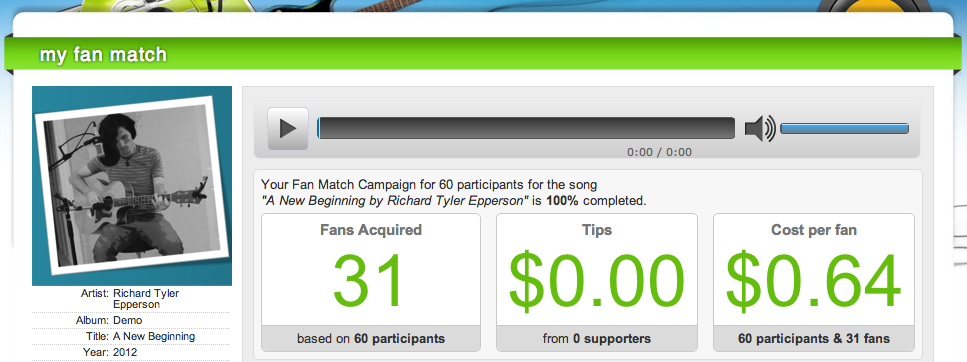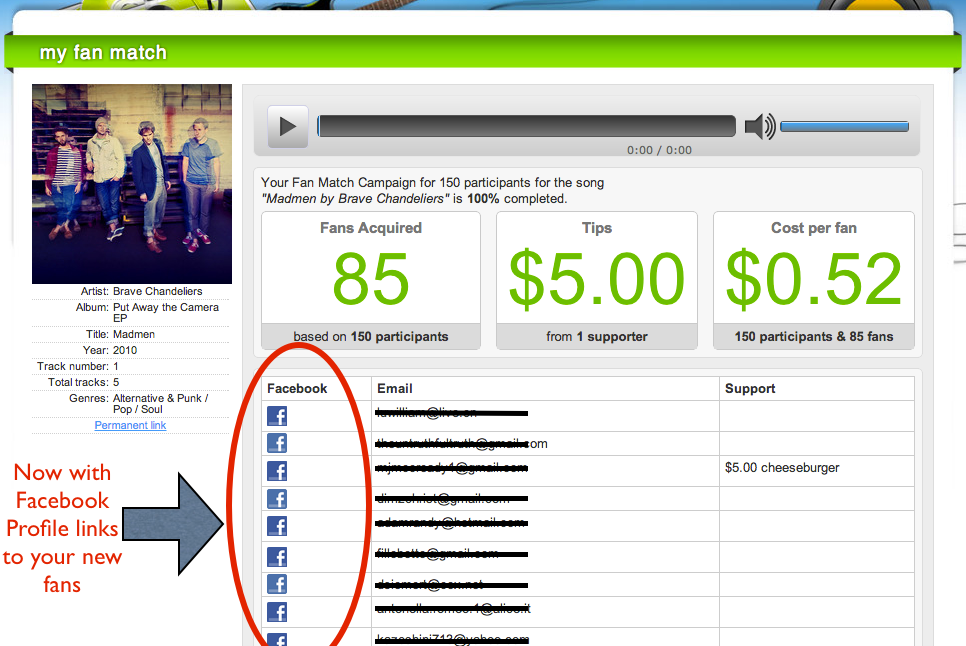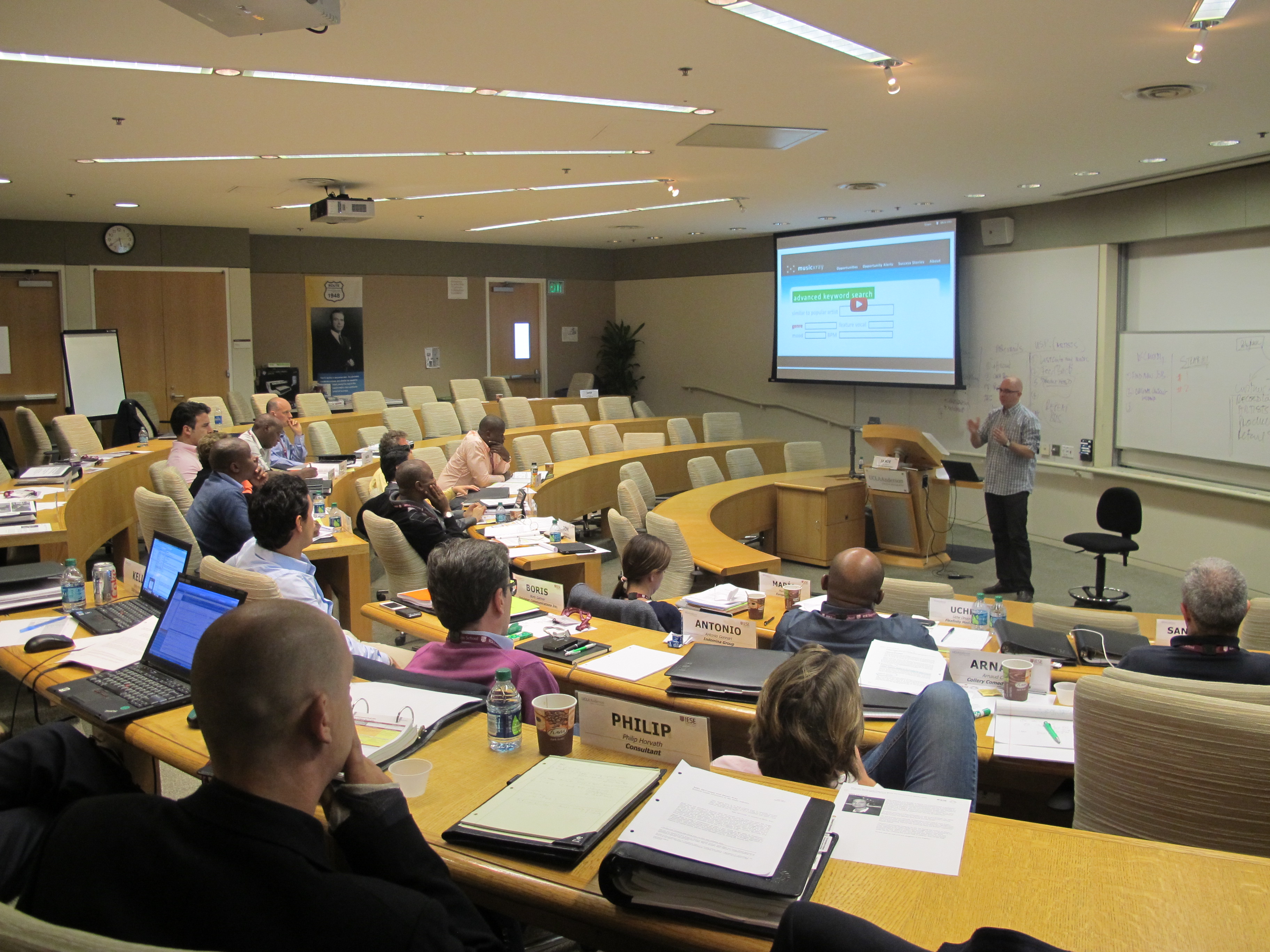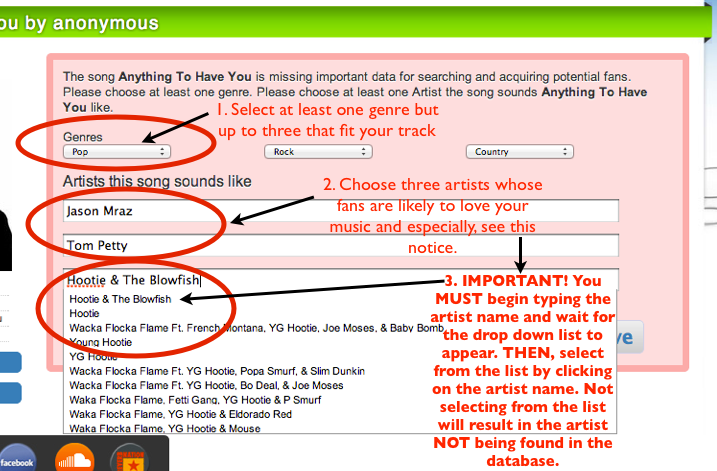
We want to take this opportunity on our blog to address some of the frequent questions that people ask when they are first introduced to Music Xray.
We hope you find this helpful. Please feel free to add your comments below. We will do our best to reply and clarify any additional questions.
Thank you for using Music Xray.
Mike McCready
Co-founder
CEO
1. Should musicians pay to submit to the industry?
The most important “ah-ha” moment you can have is realizing that no matter what your opinion is, if you are not embracing all of the new technology-based tools that help you advance your career, you are being out-competed by those who do. No two ways about it. It’s a fact. Before you write off any avenue toward success, make sure you understand the nuances.
Prior to Music Xray, it felt free to get your music to the ears of the decision-makers. But it took a lot of time and it wasn’t easy to find the deals, reach the decision-makers, convince them to listen to your music, follow up, be careful not to be a pest, follow up again, and then finally maybe get an answer.

Additionally, many of the companies on Music Xray had a policy of not accepting unsolicited material, so even if you knew how to reach them, chances are your submission went right into the trash.
The advantage in the music business went to those with the best network of contacts, those with the best access. Even then they weren’t guaranteed that their music would be heard and that they would get a response.
Music Xray has created a level playing field. The fees are low enough that access is not cost-prohibitive and now anyone can reach almost any decision-maker in the business at the click of a mouse. It’s now not about who you know. It’s about your music, your talent, and your market appeal.
If you have the best (or most appropriate) music, you are very likely to get a deal on Music Xray.
Music Xray’s business model has been subject of business school case studies. When you think of Music Xray as enabling you to play on a level field, it makes a lot of sense.

2. How many submissions does it take to get a deal?

Statistically speaking, songs and bands that land deals on Music Xray submit one song an average of 10 to 12 times.
Often songs land deals on their first few submissions. It happens frequently, but it’s not a good idea to count on that.
The important thing is to know how you’re doing. The best practice is to submit each song to at least 5 or 6 different opportunities. Once your song has been rated by 5 industry professionals, you will get to see the ratings. If the ratings average three stars and above, keep submitting. The odds are strongly in your favor. If the ratings are lower, stop submitting that song. The odds are against it landing you a deal.
The saddest thing we see on the site is a song submitted only a couple times, being rejected and not submitted again. In other words, many musicians shoot themselves in the foot by giving up too soon. The song may be getting great ratings by the professionals who heard it but it just didn’t make the final cut. The odds of songs that get high ratings eventually landing a deal on Music Xray are quite high.
Know your ratings. Know your ratings. Know your ratings.
It’s the most reliable indicator af whether or not you’re likely to get a deal. Click here to understand why we wait until you’ve received 5 ratings before showing them to you.

3. How many music submissions do professionals receive? What are your chances?

Professionals receive music from all over. But being selected is not a game of chance. It’s a matter of how good your music is, similar to a job application process. It doesn’t matter how many apply. The best candidate will get the job.
The fact is that friends of industry professionals send them stuff, their industry contacts send them material, and their physical and email inboxes overflow. You are always competing with others. But that’s not new.
Music Xray doesn’t limit the competition you face. We guarantee that you are among those who are considered for the deal. Whereas in the past you had very little chance of being considered for so many deals, we now put you at the front of the line. That’s a guarantee and a service you can’t get anywhere else.
Keep in mind, Music Xray does not allow industry professionals to have inactive accounts on the site. In order to maintain a profile on Music Xray, they must agree to attend to and reply to every submission they receive.
A common misperception is that having a personal relationship with an industry professional increases your chances of getting a deal. That’s only true when all else is equal, meaning the professional has found two perfect songs or bands they want to sign but they have a relationship with one of the managers. Yes, it’s likely the deal will go to the one with the relationship. But that doesn’t happen often.
Most of the time, a professional will do business with the band or song that best fits their business needs, regardless of a pre-existing relationship. So, it is not a game of chance. It is not a lottery.
Success is based on you being at the table and having the best song or band.

4. Should you concentrate on getting fans or getting a deal?
Your ultimate quest is to get enough fans to support yourself and upon which to build a career. Getting a deal is simply an accelerator to getting mass exposure to fans.
A deal can get you in front of such a large number of potential fans that you will save lots of time and money by taking a deal that gets you both mass exposure and engaged fans who spend money with you.
So, you should always be pursuing deals you think will help your career and while you are doing that, you should be doing everything you can to cultivate your fan base.
Many allege that with a fan base of 1,000 true fans you can make enough of a living to dedicate your full time work to your music. From there, you can build an amazing career.

That is why we launched Fan Match within Music Xray. We knew that in today’s hyper-connected world it’s hard to get potential fans to pay attention. Fan Match guarantees the attention of people who are likely to like your music. You should give it a shot.
Click here to learn how to calculate the number of fans we have for you and to learn how to launch a Fan Match campaign.
Click here to learn how we calculate your cost per acquired fan.
These are not like fake Twitter followers or ghost Facebook “likes”. These are real fans with real email addresses who listen to your music and decide whether or not to give you their email address.
Fan Match is incredible and is generating amazing results for many artists. They are acquiring new fans at a very low cost per acquired fan.
5. What should musicians spend money on?
You should invest in anything that advances your career.
In the past, the music industry invested a lot in artist development. That’s not as true any more because so many producers, managers, and DIY artists don’t wait around for someone to come along and invest in them. They do it themselves.

Being a musician is a profession with a lot of competition. But a spark of creativity that’s well-performed can trump any odds you may face.
The important thing is to not get hung up on what used to be free, what someone else used to not have to pay for, etc. The important thing is to take responsibility for your career and for getting it to the next level.
You should work with and pay money to any reputable company or professional who helps you get that done for less time and/or less money than it would cost you via any other method.
The primary services you need are digital distribution, lessons / feedback from those who have gone before you in the business, getting deals, getting fans, managing your fans base, collaborating with other musicians, having a professional online presence, touring, recording, producing, mixing, mastering, PR etc. You get the point.
Research the companies you’re going to work with. Don’t get scammed. Music is a highly aspirational business and there is always someone ready to help separate you from your money without providing value.
Don’t hesitate to contact us at support@musicxray.com if we can help.






































